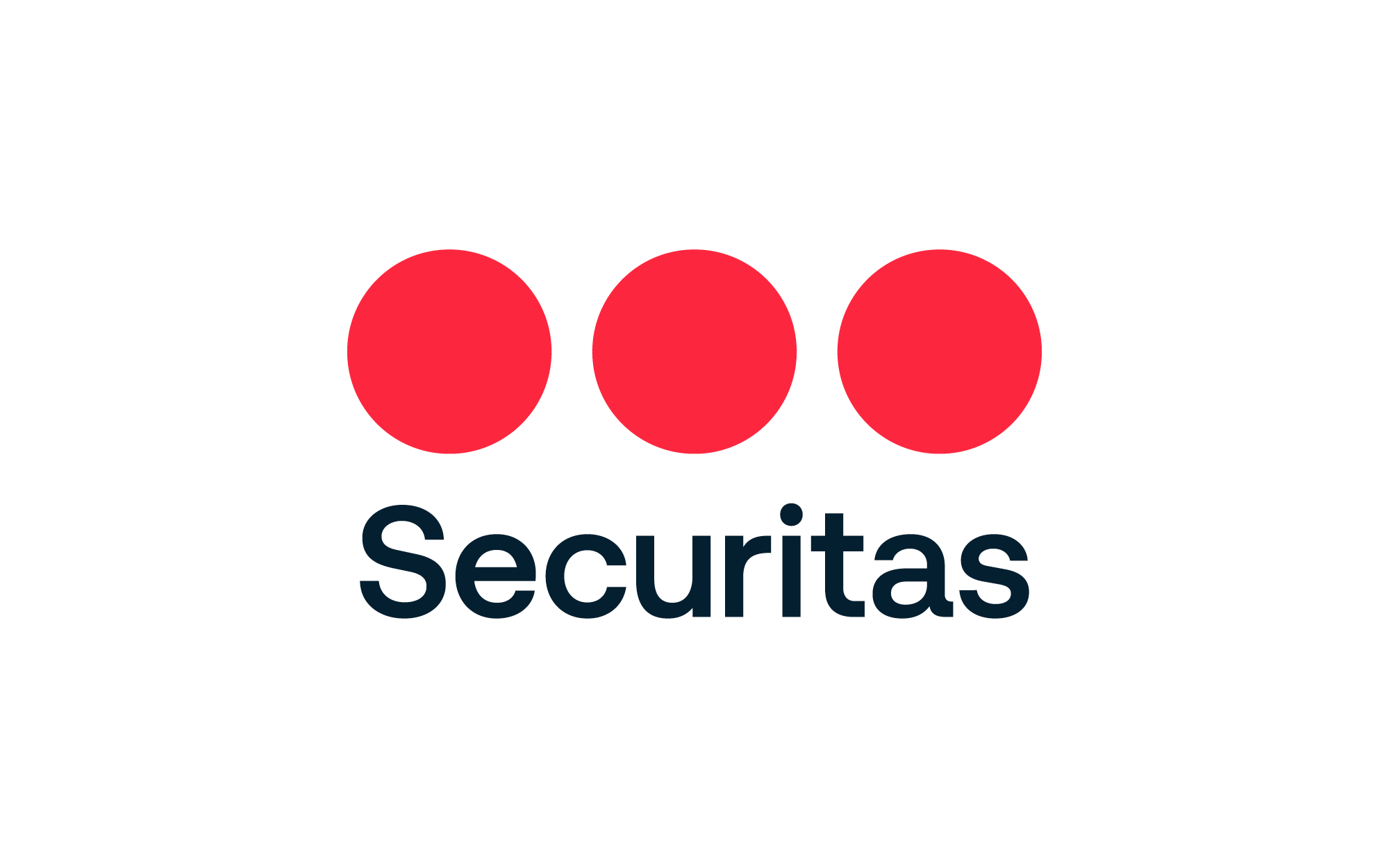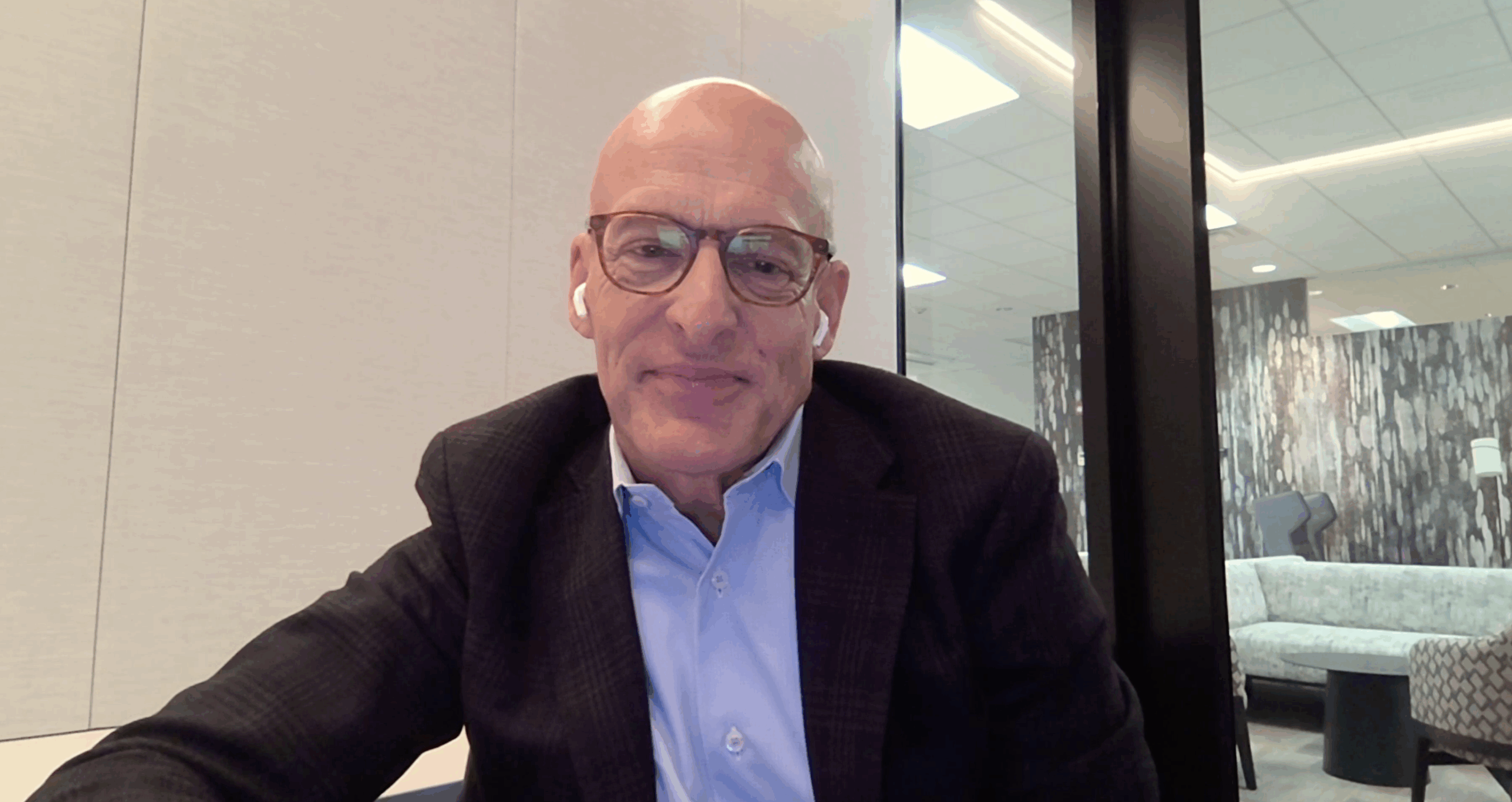What does a leader in the workplace look like? You might picture someone standing before a group of people and telling them what to do. However, leaders are also those who take initiative, help others, and have the courage to speak up when something is wrong. All companies would be wise to develop leaders of all stripes, and that’s where leadership development programs come into play.
What is a Leadership Development Program?
Leadership development programs are how organizations train people to acquire and improve their leadership skills. The question then follows, what is leadership development? Among other things, companies use leadership training to:
- Gain a competitive advantage
- Build an organizational culture of learning
- Ensure that leaders are managing employees in the most effective ways
- Enforce the best practices and standards of the organization
- Make good management decisions
Organizations that understand how to set up and deliver effective leadership training will see obvious benefits. According to a study by the Harvard Business Review, 35% of companies with leadership development programs enjoy an increase in revenue.
Companies typically offer leadership development programs to supervisors, managers, and executives. But when an organization begins to understand the “greatness in every employee”, they should also encourage employees at all levels to participate. Such an approach can include upskilling initiatives like talent development and continuous professional development.
This makes even more sense when considering how leaders also have their own jobs to do. For example, a sales manager should be an expert on the techniques used by the sales staff, in addition to being a supervisor. Upgrading such skills to be as strong as possible will make for an even better leader.
The main skills of a leadership development program change over time, but one thing never changes: the need for strong soft skills. A lot of companies are waking up to the fact that soft skills are often more important than hard skills. Still, it’s critical to make sure that leaders can handle all the functions that need technical training, like payroll, databases, and scheduling.
Choosing the Right Leadership Development Program
Many settings can be conducive to building the skills that leaders need. We’ve outlined below the most common settings for leadership development programs – as well as their subtle differences – to help you choose the one that’s best for your business.
Mentoring
Both internal and external mentoring programs for leadership development use experts with experience in the specific areas where upskilling is needed. Each has its own advantages. Internal mentors might know the candidate already, and will definitely be familiar with the culture and operations of the organization. External mentors will probably be industry professionals who are versed in the latest mentoring techniques and relevant skills.
Leadership Coaching
The “clean coaching” model involves a coach who has no history of working in the candidate’s industry. In this sense, it is the opposite of mentoring. A clean coach arrives at the leadership coaching engagement without any preconceptions of how the leader needs to work in their particular company. Instead, the coach guides the leader by asking objective questions that encourage them to realize their own path, discover an optimal leadership style, and find solutions to challenges.
1:1 Upskilling
When employees and organizations need to develop certain skills in a short time, a 1:1 upskilling engagement is often the best choice. Through a talent development platform that can match very specific skill requirements to the right experts, HR teams source instructors who use a short sprint training cycle to build skills rapidly. The result is a fast rate of utilization and impact despite a condensed L&D schedule.
Classrooms
Most people are very familiar with this medium, which can be an advantage. When there is text- or video-based learning involved, a classroom is simply the most convenient setup. A good instructor will also encourage classroom discussion, which is an excellent way for leaders to share experiences and advice. Finally, assessment of the leaders, and their instructors, can take place comfortably in this setting.
Active Learning
This is also a good setting for group leadership instruction. An active learning course will focus on a specific issue that often involves an organizational challenge. The leaders collaborate to design solutions for the challenge, and then apply them with the help of other employees. At the end of the process, the trainees take part in a guided discussion to assess their own performance and that of the team, along with recommendations for subsequent skill development.
What to Include in Leadership Development Programs
To ensure that your leadership development program is as effective as possible, it’s highly recommended to include these steps:
Career Pathing
Career pathing involves HR and an employee setting out long-term professional goals as part of a specialized career development plan. Career pathing is an important motivational tool. It gives the leader a clear vision of what they can achieve if they stick to the program, and also manages their expectations for how long it will take to get there.
Accountability Support
Another strong motivator is an “accountability partner”. The stats behind accountability are amazing – when a person voluntarily reports to somebody in their organization about their progress in a leadership development program, it significantly increases their chance of completing the program.
Goals and Milestones
Career pathing is about the long term, while goals and milestones are about making the here and now real. For example, simply assigning a mentor to a candidate for an unspecified amount of time will leave that person feeling lost. Instead, the leadership development program needs to set start and end dates for any course of action, along with periodic assessments.
Measuring Impact
One of the bigger challenges for running a leadership development program is figuring out if it is effective. How does a good leader behave, and what should be expected of them? This is very subjective, and assessment can be difficult. It can take a while for the lessons of a leadership development program to sink in, so grading the performance of the course, and of the leader, should be done over time.
We’ve listed below the basic questions to ask when assessing the benefits of a leadership development program. It is generally recommended to apply a grade of 1-10 for each, which can help with reporting them for performance reviews. Each question should be asked of both the employee and of their immediate manager at three points in time: when the employee is halfway through the course, when they have finished the course, and six months after the course.
- Was the leadership development program enjoyable and well-taught?
- Was anything new learned?
- Are the skills taught in the course being used?
- Do these new skills benefit productivity?
If the last question results in a quantifiable answer, such as “productivity increased by X%”, this can be used to calculate ROI.
…And What to Avoid
If leadership development programs are meant to expand an organization’s abilities, then it just makes sense that the leadership development program itself should be expansive. But this is often not the case. Leadership development programs that don’t live up to their potential:
- Focus mainly on executive leadership development programs instead of building leadership talent throughout the organization
- Provide courses on a one-time basis instead of enabling a pathway of continuous professional development
- Limit the subjects taught to a few generic areas like “communication” or “creative thinking” instead of customizing their approach according to the strengths, weaknesses, and future needs of the individual
When building a leadership development program, it’s important to deliver long-term, customized, and accessible programs for all levels of a company.
Setting Up Leadership Development Programs
The most important aspect of leadership development programs is the people who are involved. Many employees have impressive skills, but not everyone wants to invest time and effort into a leadership role. That’s why it’s a good idea to run constant talent development programs, which provide a ready-made list of qualified employees according to the skills and interests they have.
A talent development program is equivalent in many ways to leadership development programs. Both require these steps during the set-up phase:
- Identifying candidates – look at performance reports, recommendations, HR interviews, and talent-focused assessments
- Connecting with company requirements – set the goals of the leadership development program according to the strategic needs of the organization
- Linking candidates to roles – leaders should be trained in areas where they are already strong according to their existing skill set, personality, and experience; their willingness to participate is also important to determine
- Creating the course – leadership development programs are not “one size fits all”, and instead should be individually planned according to the skill requirements of the leader
Who Should Participate in a Leadership Development Program?
We return to our opening question: what does a leader look like? The common vision of a leader is someone outspoken (loud), strong-willed (pushy), and decisive (impatient). In other words, a person who might look to be a leader to an outsider can be seen as a tyrant by an employee.
This is a problem. One of the lessons of the Great Resignation is that employees will quit if they don’t like their manager. So choosing leadership development program candidates should depend on a very careful judgment of leadership qualities. A few of the most commonly sought leadership abilities are:
- Self-awareness
- Communication skills
- Flexibility
- Strategic thinking
Leadership development program candidates should demonstrate some ability in these areas. Of course, perfection is not necessary – that’s why leadership development programs exist in the first place.
Examples of Successful Leadership Programs
These companies are doing a lot right, including the way in which they develop the employees who are the future of the organization. One of the features which all of these leadership development programs share is that they don’t project what the organizations want onto their leaders. Instead, they enable leaders to pave their own way towards greatness.
Heineken
With more than 150 years of leadership experience in its factories and in its market (currently the 6th most popular beer in the world), you can bet that Heineken is great at passing down its expertise from generation to generation. To this end, Heineken runs a reverse mentoring program where junior leaders get to call the shots for a while to test their leadership potential and understand where they need to improve.
Bell Textron
Formerly known as Bell Aircraft, this billion-dollar company is famous the world over for manufacturing helicopters. Bell Textron goes all out when it comes to leadership development, with at least four separate programs: “Edge” for leadership on the production floor; “Emerging Leader” for engineers; “Elevate”, which provides mentoring opportunities for actual business cases; and “Lift”, for the development of mid-level, high potential leaders.
Upwork
It takes a lot of insight to realize that not every leader is a manager of people. Freelancing platform Upwork has made this concept official through its leadership development program, where employees can choose from various tracks. One track guides an employee to the top of their field of expertise; another specializes in teaching how to lead other employees; and a third focuses on professional advancement, where the employee manages various operations but leaves the HR side of things to others.
Growthspace
As a talent development expert, Growthspace works with leading companies all over the globe that depend on it to upskill their top people. For instance, as part of a leadership development program for Owens & Minor, a healthcare company, Growthspace started by using its AI-powered technology to refine granular skill requirements for directors, senior directors, and VPs. Then, through a number of L&D settings such as 1:1 upskilling, participant-led coaching, and workshops, Growthspace implemented a series of personalized, targeted sprints. Within only a few weeks, the executives at Owens & Minor reported that 75% of managers saw a tangible improvement in participant performance indicators, with 90% of them responding that the program had allowed them to succeed in their personal targets for professional growth.
Enhance Leadership Growth with Growthspace
Want to know what it’s like to work with a “Top 100” company? Try Growthspace with your own team. With a technology-based approach to soft skills training, Growthspace empowers organizations to match acclaimed experts with employees for rapid L&D sprints.




